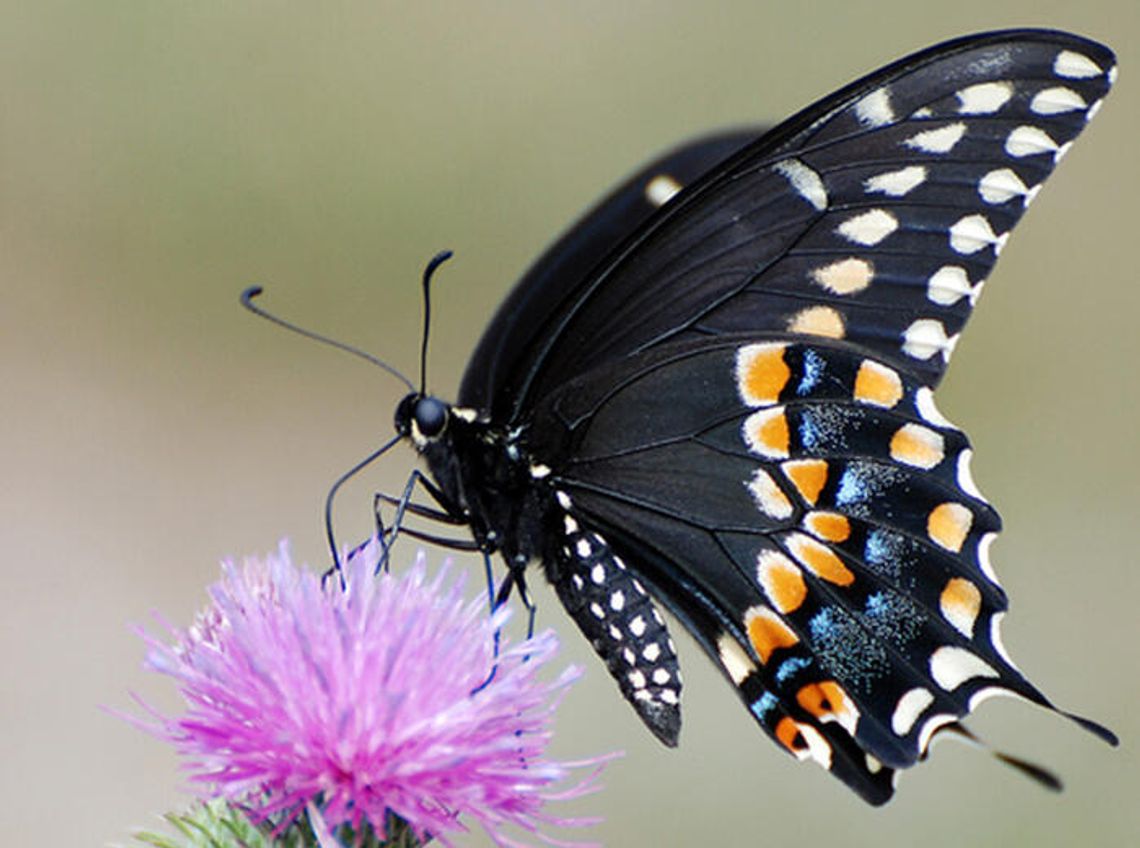[dropcap]T[/dropcap]his has been a very green spring; it is hard to recall a better year for emerald fields of grass, green tree leaves and assorted greenery in general. Green is great.
Wildflowers are also out in abundance, especially bluebonnets. And I’ve seen lots and lots of butterflies, most recently a fluttering black swallowtail, one of some 20 species of swallowtails recorded in Texas.
And by the way, there are some 722 butterfly species in North America (north of Mexico) and about 432 species in Texas. That’s quite a diversity. By way of contrast, Arizona is a distant second with some 325 species.
Most sought-after butterflies in our area are gulf fritillary, giant swallowtail, Texan crescent, large orange sulphur, red admiral and buckeye.
Richest place for butterflies in our state is the Rio Grande Valley. Spring and fall are the seasons with the greatest butterfly variety since most plants are in peak condition at these times. Peak time for butterfly watching is from 10 a.m. to 3 p.m. in the spring and fall, while 8 a.m. to 2 p.m. is most productive in summer months.
Butterflies have four distinct life stages – egg, caterpillar, chrysalis and adult. Seeing these changes is to observe one of the true wonders of nature.










